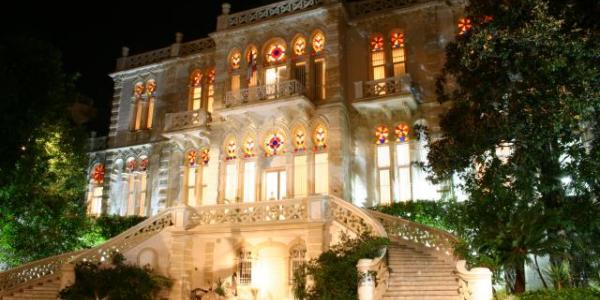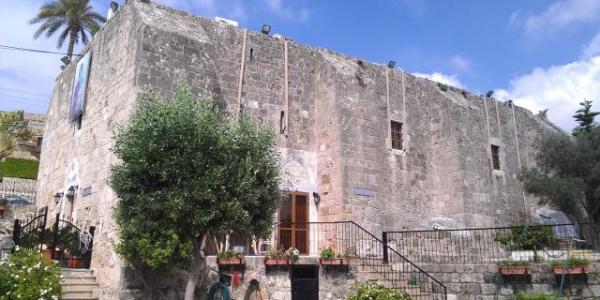Adonis Valley and the Roman Aqueduct
The mountains and valleys to the west of Byblos are superb. The reputation of some of them is rooted in Greek and Roman mythologies, such as the valley of Adonis, where a Roman aqueduct attests to its importance. Approximately 14 km from Byblos, Nahr Ibrahim, formerly called Adonis River, is rich with legends. According to Greek and Phoenician mythologies, Adonis, God of Love and Beauty, was killed by a boar sent by Ares, god of War. His blood flowed into the waters of the river, which was named after him. Just off the seaside road, 6 km south of Byblos, there is a 19th-century Ottoman bridge that allows access over the river. Going further inland from this road, you will arrive at the Valley of the ancient Adonis River, where Zoubeida’s Roman aqueduct still stands. It was restored during the reign of the Emir Chehab, and is suspended over the valley.
Maad
Furthermore, the area of Maad, at approximately 20 km from Byblos, there is the 12th century St. Charbel church, dedicated to Saint Charbel of Edessa, who converted and was martyred with his sister by the middle of the 3rd century A. D. It is built on the foundations of a Byzantine church, constructed in turn on the remains of a Roman temple. The church features Byzantine-style paintings dating back to the crusaders, as well as the only crusader tomb in Lebanon and some Roman elements found on site.
Afqa
At 40 Km from Jbeil, Afqa shelters a renowned temple devoted to Adonis and Astarte, destroyed in the 4th century under Emperor Constantine’s orders, only to become a Christian pilgrimage site over the centuries, dedicated to the Virgin Mary.




